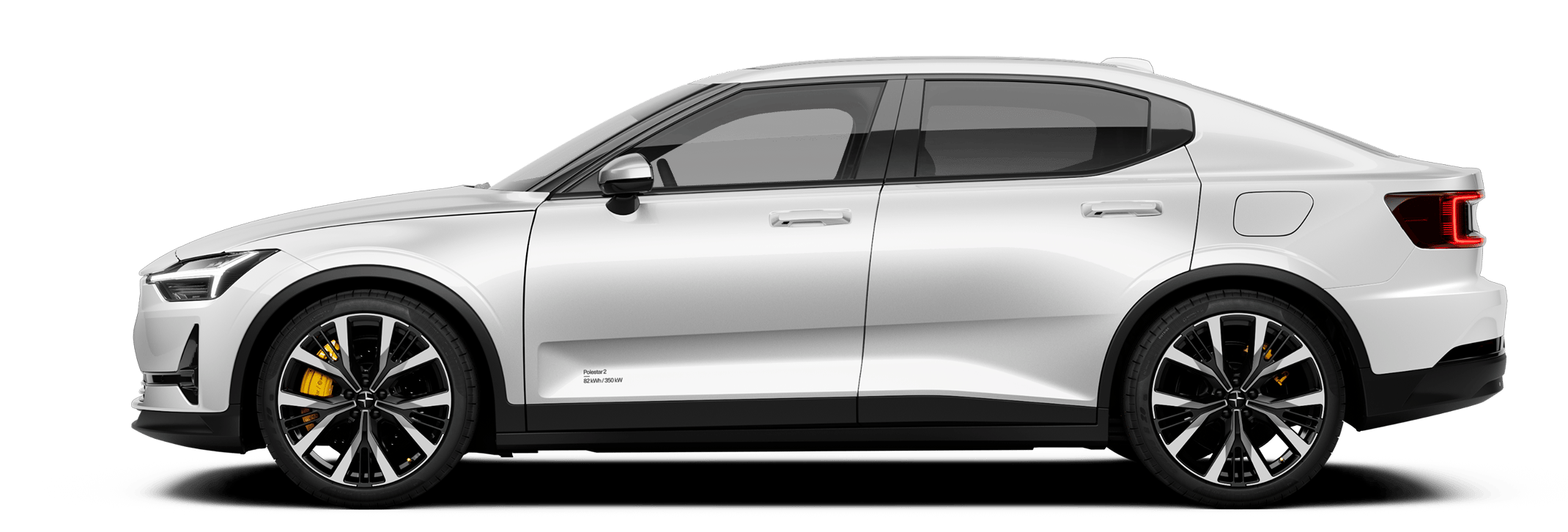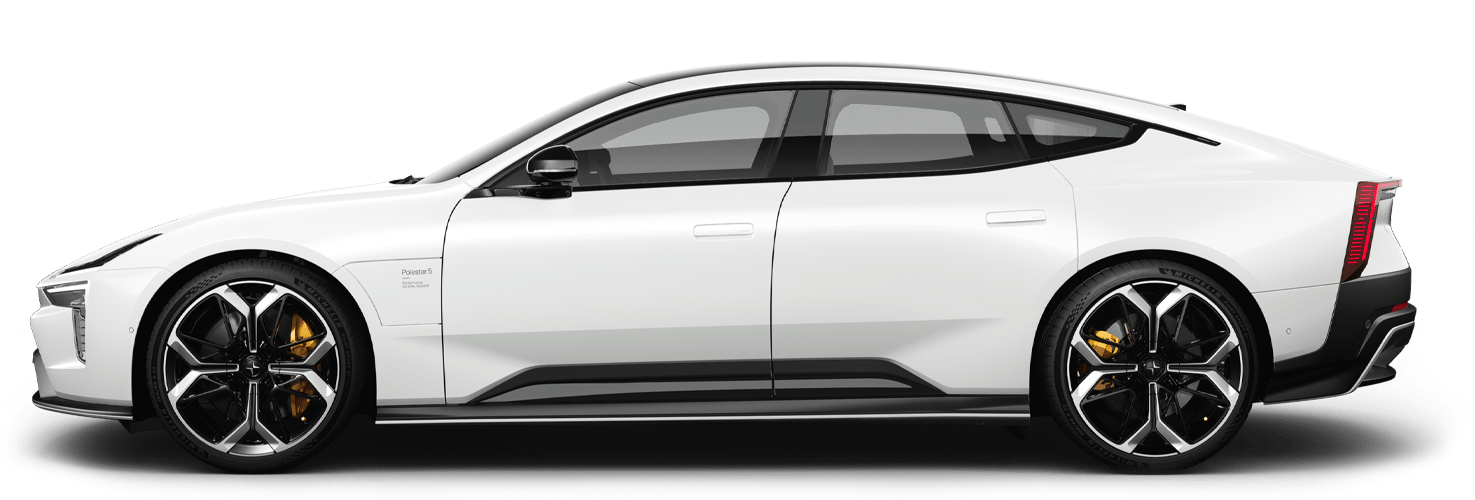Recommendations for high voltage battery
Charging
When possible and timely, select AC charging1 in preference to DC fast charging2. AC charging is more sparing on the high voltage battery, especially with regular charging.
High State Of Charge (SOC)
Avoid charging the car to 100% unless the full range is needed for the journey.
The battery may be damaged by maintaining a very high State Of Charge (SOC) for a long time. Therefore, avoid leaving the car connected for charging to more than the recommended charge level, which is shown in the centre display.
Low State Of Charge (SOC)
Important
If the State Of Charge (SOC) is below 20%, charging is always recommended to avoid the battery being fully discharged.
Long-term parking
To minimise the risk of damage to the battery during long-term parking (longer than one month), it is recommended to have a charging range of 40-60%. Set the desired State Of Charge (SOC) in the centre display.
- If the State Of Charge (SOC) is higher – drive the car until the State Of Charge (SOC) is lower.
- State Of Charge (SOC) is lower – charge the car.
If you plan to park the car for longer than three months, it is recommended that you connect it to constant charging.
Check the car's State Of Charge (SOC) on a regular basis, as well as that charging is working properly.
Parking in a hot climate
Important
High temperatures can damage the high voltage battery, especially if it is exposed for a long time. If possible, avoid leaving the car unconnected at temperatures higher than 30 °C (86 °F). The car can actively cool the battery while it is parked, but this consumes power and leads to a fall in the State Of Charge (SOC). If the car is charged while it is parked the battery can be cooled without being discharged.
If possible, park in the shade if the outdoor temperature is high. Strong sunlight in combination with high outdoor temperature may lead to the car and the high voltage battery becoming very hot.
Parking in a cold climate
In a low temperature for the high voltage battery, performance is temporarily reduced until the battery is heated. Connect the car for charging and use preconditioning to avoid driving with reduced performance. The car can then heat the battery prior to driving without the State Of Charge (SOC) and range falling.
Connect the car for charging if parking for longer than 24 hours is planned, while the ambient temperature is below -30°C (-22°F).
Driving the car while there is an indication of reduced performance due to low temperature will not be harmful.






